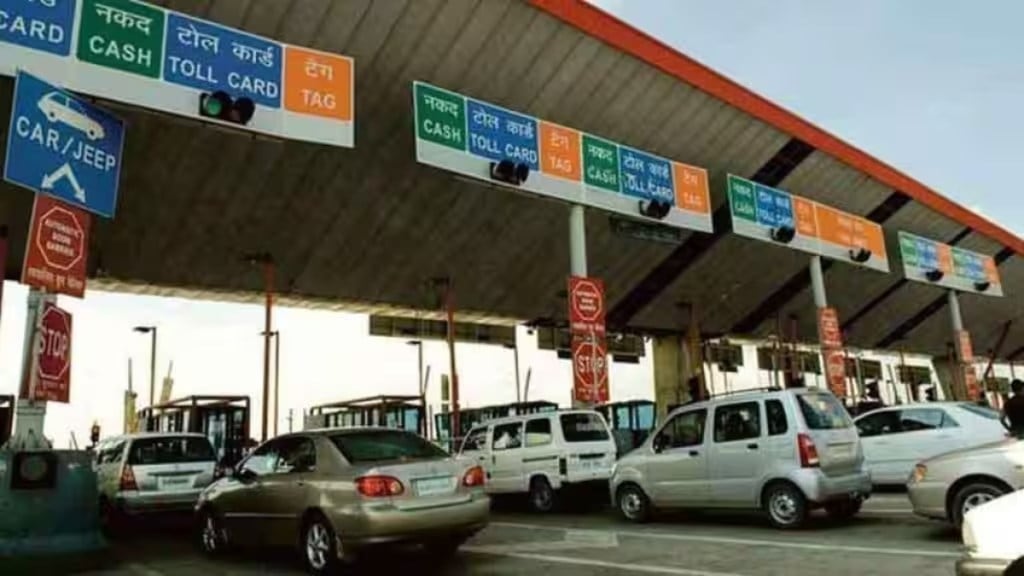As the government is still trying to make Fastags mandatory for vehicles in India, the technology seems to have been outdated already, as the Indian government is looking to move away from this system to something called the Global Navigation Satellite System (GNSS) to collect tolls.
The aim of introducing Fastags was to eliminate long queues at toll booths and while the system has reduced the time spent at tolls, it still has its cons. The new GNSS system aims to eliminate waiting and make travel faster.
Global Navigation Satellite System (GNSS) — What is it?
The GNSS uses GPS and GPS-Aided GEO Augmented Navigation (GAGAN) to track a vehicle and charge users based on the distance travelled on a highway. This is contrary to the current system, which has fixed toll booths at fixed locations that charge the same for all users. This system will also benefit the government by reducing toll evasion and not overcharging users.
In terms of charges, users will be tracked using GNSS, allowing for precise location tracking. Based on the distance used on the highway, money will be deducted from a digital wallet linked to the account.
The system will initially be integrated with the existing Fastag technology, and a few toll lanes will be converted to accept the GNSS system. Once the technology gathers momentum, the entire toll plaza will be GNSS-enabled. The technology is already being tested, and the Bengaluru-Mysore National Highway and the Panipat-Hisar National Highway are currently GNSS-enabled.





















